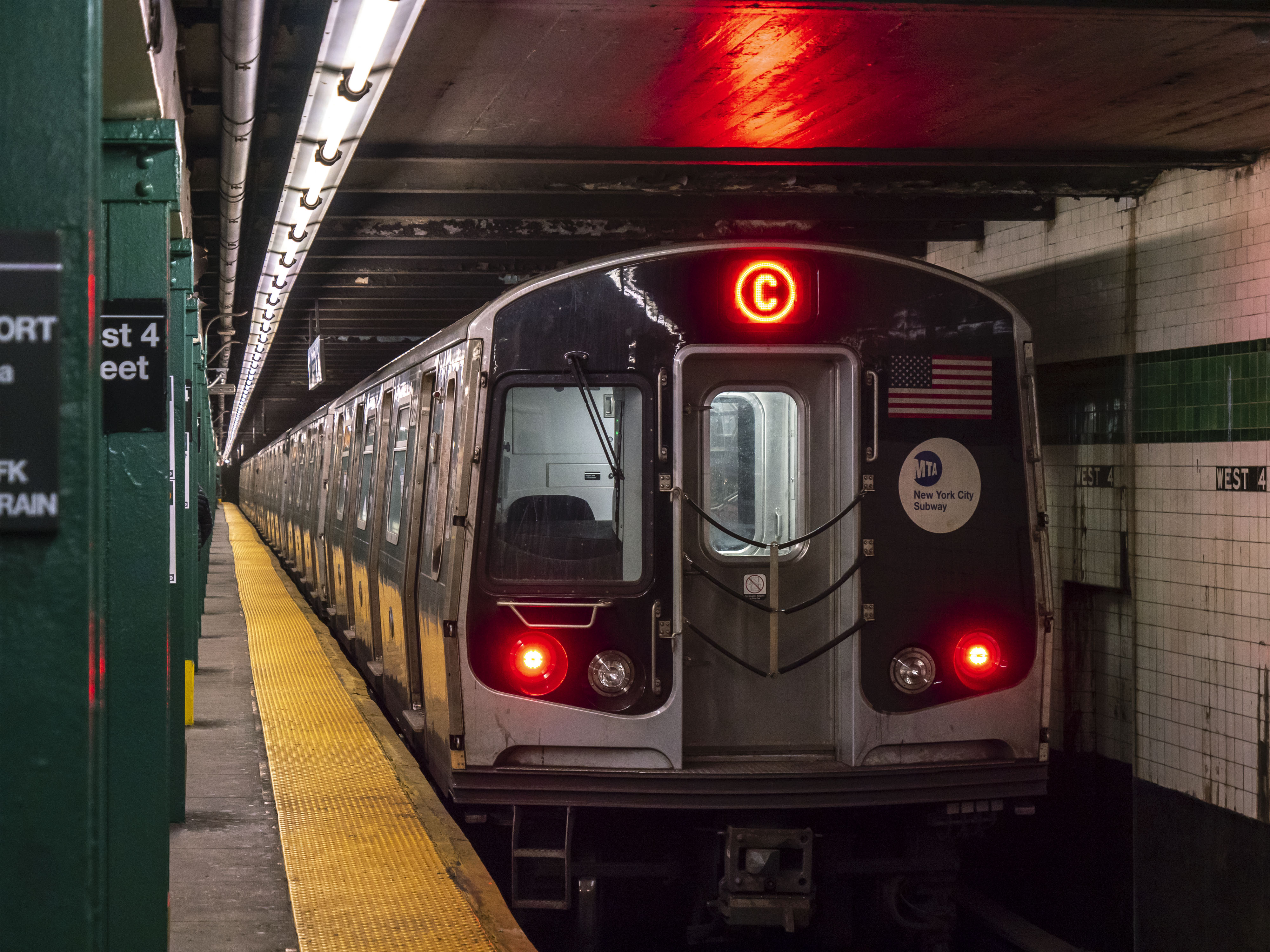

100% of car involved crashes involve cars. That’s just tautology. Even in acknowledging the fact that you completely misrepresented or just outright lied with your data, you’re can’t seem to help continuing to blame the victim.
I haven’t accepted trains are more efficient than cars because they aren’t. I refuted you elsewhere. It’s kind of self-apparent when you’re not paid to believe something else.









I was specifically talking about cities. I’m glad we can agree that 80% of people should not own cars. Let’s talk about the rest.
As someone who grew up in actually rural areas, I need to point out that there are two types of “rural.” There’s farm land and there’s suburbs. Suburbs are a parasite that kills cities. They drain city resources without having a high enough density to pay for those resources with their taxes. They fill cities with cars and they don’t produce anything of value. Suburbs must be destroyed.
Farmers actually do something useful. They, and the communities that support them, should be treated like full citizens instead of as a second class. This means they also deserve the same infrastructure, bike lanes and train stations, as cities. There are some trade offs to living in rural areas. Things do take longer and are harder to get to. You have to do a lot of things yourself.
When I was growing up we drove our trash to the dump because we didn’t have garbage service. Personal vehicles sometimes make sense here, but absolutely not giant trucks to haul some milk and eggs. Motorcycles and kei cars are more than enough in most cases. Even for kei cars you should have to justify it purchasing it by providing you live in a rural area and to have a truck should require a commercial license.
But people who just want to use rural areas to defend their use of cars in cities often don’t realize how many people in rural areas can’t drive. They don’t know the absolute hell of being completely isolated and reliant on a parent to do anything. They don’t know how hard it can be to take care of someone who’s disabled or elderly, who relies on a caretaker to get to every appointment or activity. Functional infrastructure would significantly improve the lives of a lot of rural people, and cars often get in the way of that. You will grow old and you will be part of that group. Do you want to be trapped? With functional infrastructure, elderly people can use mobility scooters or microcars safely in bike lanes.
Rural areas don’t have to be car centric. There’s nothing innate about rural areas the forces people to rely on cars for everything. They’re designed that way. They can be designed differently.
The elderly are often not safe to drive, so your solution is not more convenient. It’s to trap them at home or have them risk killing someone. A functional city that’s not designed around cars makes it easy to get groceries by other means, more convenient means that don’t involve the potential of accidentally murdering someone. There aren’t really any places in Amsterdam, for example, where you’re more than a few minutes bike ride from one or a half-dozen grocery stores.
It can be inconvenient to walk to a station, but it’s far more inconvenient to not be able to walk or bike anywhere because your whole city is just roads and parking lots. Cars kill cities by decreasing density below the point where commerce is sustainable. Go look at a picture of Huston if you want to see what happens when you let cars win.
As opposed to 20 for EVs? Even cherry picked numbers beat cars. Oh and why are those numbers even that bad? Cars. Cars decrease demand for transit. The London metro is 4.4.
And that 20 kWh per 100p-km doesn’t take in to account manufacturing, shipping, and disposal or any consumables like…uh… tires, which are a petroleum product. Well tuned vehicles operate more efficiently, which is why personal vehicles can never be as efficient as well used mass transit.
There’s a fundamental limit on the efficiency of large scale transit and it’s realized by mass transit. Any possible improvemnt that could be made for individual transit could just as easily be applied back to mass transit for a higher efficiency.
Your ride sharing example highlights the same thing again. That’s actually pretty similar to the last mile soliton for Sound Transit in Seattle. They send a van to pick people up and drop them off at transit stops, which reduces the justification for personal cars even more.